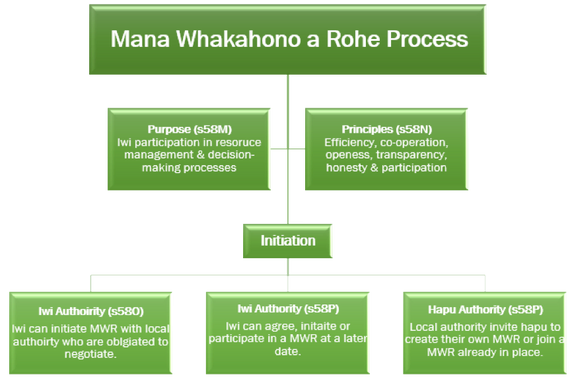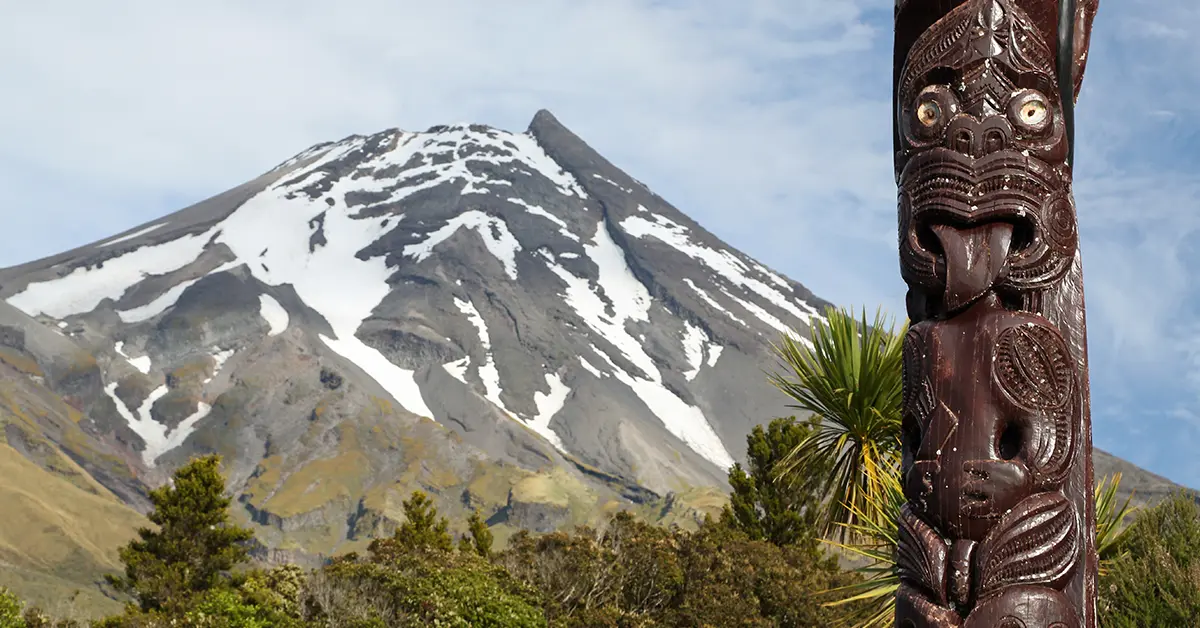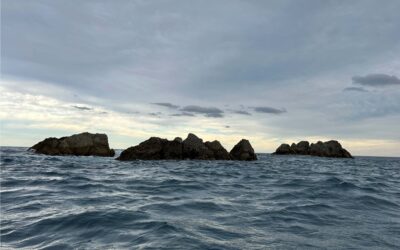What are Mana Whakahono a Rohe?
MRW are written agreements between iwi authorities and local government about how iwi will participate in local government decisions. This can include involvement with preparation, change or review of a policy statement or plan. These agreements are not limited between just one iwi and local government – multiple groups can be party to an agreement.
Mana Whakahono a Rohe Process

What is the purpose of Mana Whakahono a Rohe (s58M)?
The purpose of MWR is two-fold:
-
- To provide a mechanism for iwi authorities and local authorities to discuss, agree, and record ways in which tangata whenua may participate in resource management and decision-making processes under the RMA; and
- To assist local authorities to comply with their obligations under the RMA.
What are the guiding principles (s58N)?
The guiding principles are as follows:
-
- to achieve the purpose of the Mana Whakahono a Rohe in an enduring manner:
- to enhance the opportunities for collaboration amongst the participating authorities, including by promoting—
- the use of integrated processes:
- co-ordination of the resources required to undertake the obligations and responsibilities of the parties to the Mana Whakahono a Rohe:
- in determining whether to proceed to negotiate a joint or multi-party Mana Whakahono a Rohe, to achieve the most effective and efficient means of meeting the statutory obligations of the participating authorities:
- to work together in good faith and in a spirit of co-operation:
- to communicate with each other in an open, transparent, and honest manner:
- to recognise and acknowledge the benefit of working together by sharing their respective vision and expertise:
- to commit to meeting statutory time frames and minimise delays and costs associated with the statutory processes:
- to recognise that a Mana Whakahono a Rohe under this subpart does not limit the requirements of any relevant iwi participation legislation or the agreements associated with that legislation.
How are Mana Whakahono a Rohe initiated (s58O, s58P)?
An iwi authority or local government can initiate a MWR with one another, at anytime other than in the period that is 90 days before a local body election.
What is the timeframe for concluding Mana Whakahono a Rohe (s58Q)?
Following hui for initiating MWR, negotiations must be concluded within 18 months unless all parties agree otherwise.
What is included in a Mana Whakahono a Rohe (s58R)?
MWR agreements must be in writing and the identity of the participating authorities are clear.
The MWR must record the agreement of the participating authorities about—
-
- how an iwi authority may participate in planning processes; and
- how the participating authorities will undertake consultation; and
- how the participating authorities will work together to develop and agree on methods for monitoring; and
- how the participating authorities will give effect to Treaty settlements; and
- a process for identifying and managing conflicts of interest; and
- the process that the parties will use for resolving disputes.
Other matters under s58R(4)(a)-(e) may also be included:
- how a local authority is to consult or notify an iwi authority on resource consent matters, where the Act provides for consultation or notification;
- the circumstances in which an iwi authority may be given limited notification as an affected party;
- any arrangement relating to other functions, duties, or powers under this Act;
- if there are 2 or more iwi authorities participating in a Mana Whakahono a Rohe, how those iwi authorities will work collectively together to participate with local authorities;
- whether a participating iwi authority has delegated to a person or group of persons (including hapū) a role to participate in particular processes under this Act.
The content and form will differ for each MWR due to their differing goals and needs. The hui negotiations will give both sides the opportunity to flesh out their aims and expectations and work collaboratively to ensure the MWR is in line with that narrative.
How are disputes dealt with (s58S)?
If a dispute arises during the course of negotiations, the parties may undertake dispute resolution at their own cost. If the dispute remains unresolved, the participating authorities may individually or jointly seek the assistance of the Minister. The Minister may appoint a Crown facilitator or direct the parties to use a particular alternative dispute resolution process.
How are Mana Whakahono a Rohe reviewed and monitored (s58T)?
The MWRR is reviewed and monitored in two ways:
-
- To ensure that local authorities are meeting their obligations under the MWR, they must review their policies and processes no later than 6 months after the date of the MWR unless a later date is agreed by both parties.
- Every six years, the parties must jointly review the effectiveness of the MWR, having regard to the purpose section (s58M) and the guiding principles (s58N).
What is Mana Whakahono a Rohe relationship with iwi participation legislation (s58U)?
A MWR does not limit any relevant provision of any ‘iwi participation legislation’ or any agreement under that legislation. This means, legislation (other than RMA), including any legislation listed in Schedule 3 of the Treaty of Waitangi Act 1975, that provides a role for iwi or hapū in processes under RMA. In other words, no MWR will limit any Treaty settlement legislation or arrangements under that legislation.
What should Māori be aware of?
The definition of “iwi authority”
“Iwi authority” is defined in the Act as: “Iwi authority means the authority which represents an iwi and which is recognised by that iwi as having authority to do so”. Iwi authority is not further defined in the definitions section of Mana Whakahono a Rohe (s58L).
Taking a broad approach, it may be possible for hapu to come under iwi authority if they can show a recognised iwi has given them authority. However, amendments to the Act made in 2005 making reference to ‘iwi authorities’ and ‘groups that represent hapu’ suggests a narrow interpretation should be applied when addressing “iwi authority” for the purpose of Mana Whakahono a Rohe. Further “area of interest” is defined under s58L as “the area that the iwi and hapu represent by an iwi authority identify as their traditional rohe”. This shows that although hapu are recognised, they still come under the authority of the iwi.
Funding
The provisions do not mention how or who is to fund/pay for Mana Whakahono a Rohe. The guiding principles in s58N promote collaboration and co-ordination between participating authorities throughout the process. This suggests that funding may be available to iwi and hapu through their negotiations with councils.
Areas with cross claims
Similarly, with the Marine and Coastal Act 2001 (“MACA”) applications for customary marine title, iwi will be disputing who has authority in a particular area. Unlike MACA, Mana Whakahono a Rohe provisions do not mention iwi or hapu having to send public notices or have hui-a-hapu/hui-a-iwi. This in turn will make it difficult for the council to figure out who are the mandated group for the area.
In reality, iwi and hapu should communicate and resolve their conflicts. Whilst the council should try to deal with cross-claims in an efficient and sensitive manner.
Certainty
When a Mana Whakahono a Rohe agreement is signed, the council cannot amend or terminate the agreement without consent from all parties to the agreement.
What does this mean for Māori?
On the face of it, Mana Whakahono a Rohe appear to be a step forward for Māori but on closer analysis, the provisions do not fairly provide for the interests of all Māori.
If you need legal advice in relation to Mana Whakahono a Rohe please contact the team at Dixon & Co Lawyers.

service
Māori Legal Issues
We provide clients with advice in all aspects of Tiriti o Waitangi claims. We have experience representing claimants before the Waitangi Tribunal in historical Inquiries, Urgency Inquiries and Kaupapa Inquiries.

about the author
Kelly Dixon
PARTNER
Kelly specialises in civil litigation and in providing strategic advice on private law matters as well as the full range of hapū and iwi governance issues.



